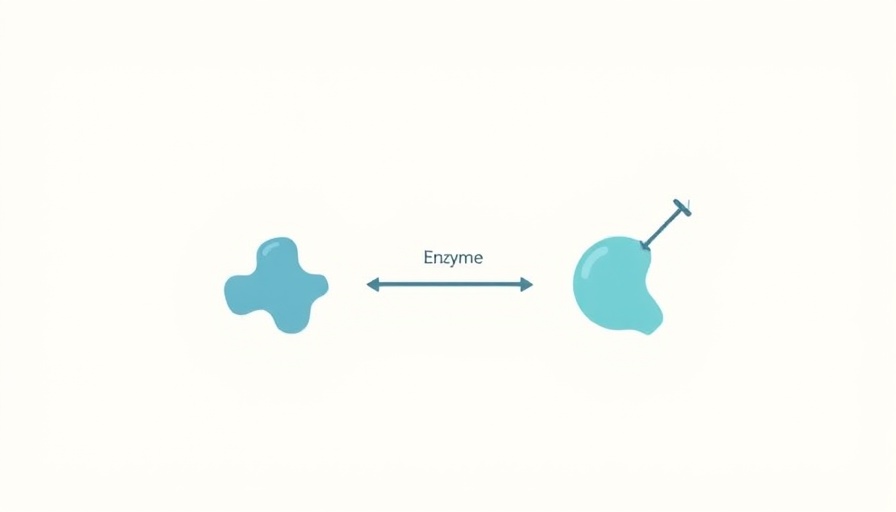
Unraveling the Mysteries of Life: The Role of Enzymes
Enzymes are often referred to as the engines of life, and for good reason. These remarkable proteins facilitate chemical reactions that are crucial for sustaining life. For instance, consider the enzyme acetylcholinesterase, which speeds up the breakdown of the neurotransmitter acetylcholine, allowing your muscles to function effectively. Without it, the body would struggle to maintain proper muscle control, leading to paralysis. Enzymes like these operate at incredible speeds, making them prime targets for scientific inquiry and innovation.
The Challenge of Designing New Enzymes
Traditionally, the scientific community has sought to engineer new enzymes by altering pre-existing ones. However, this has proven to be intricate and often inefficient. Researchers initially focused on modifying amino acid sequences to enhance enzyme stability or speed. Though some progress was made, the results were typically limited to maintaining stability in controlled environments rather than boosting reaction efficiency.
A New Frontier: Machine Learning in Enzyme Design
Enter machine learning, an exciting avenue that allows scientists to rapidly design enzymes from scratch. Using advanced AI models, like RFdiffusion, researchers can now create enzymes that tackle various challenges, from breaking down plastics to developing new therapeutic drugs. The capability of AI to analyze complex data brings a fresh perspective to enzyme engineering. For instance, in recent studies, AI successfully generated serine hydrolases that exhibited impressive abilities to catalyze chemical reactions effectively, even surpassing previously designed versions.
The Future of Enzymes in Innovation
The implications of this research are significant. With enhanced enzyme design through AI, we could possibly address pressing global issues such as the plastic crisis, disease treatment, and carbon capture more efficiently than ever before. The ability to tailor enzymes, much like how manufacturers customize products to meet consumer needs, could lead to breakthroughs in bioengineering. As scientists continue to tap into the potential of machine learning, we can hope for a future where enzymes are tailored to effectively handle a wide range of environmental and health challenges.
Conclusion: Embracing the AI Revolution in Science
The intersection of enzyme science and artificial intelligence paves the way for groundbreaking advancements in biotechnology and environmental science. As more researchers harness these technologies, we may witness a new era where enzymes are designed not just for efficiency but for specific life-saving functionalities. Embracing these innovations not only enhances our understanding of life's building blocks but also exemplifies the strong potential AI has in shaping a better future for humanity.
 Add Row
Add Row  Add
Add 




Write A Comment